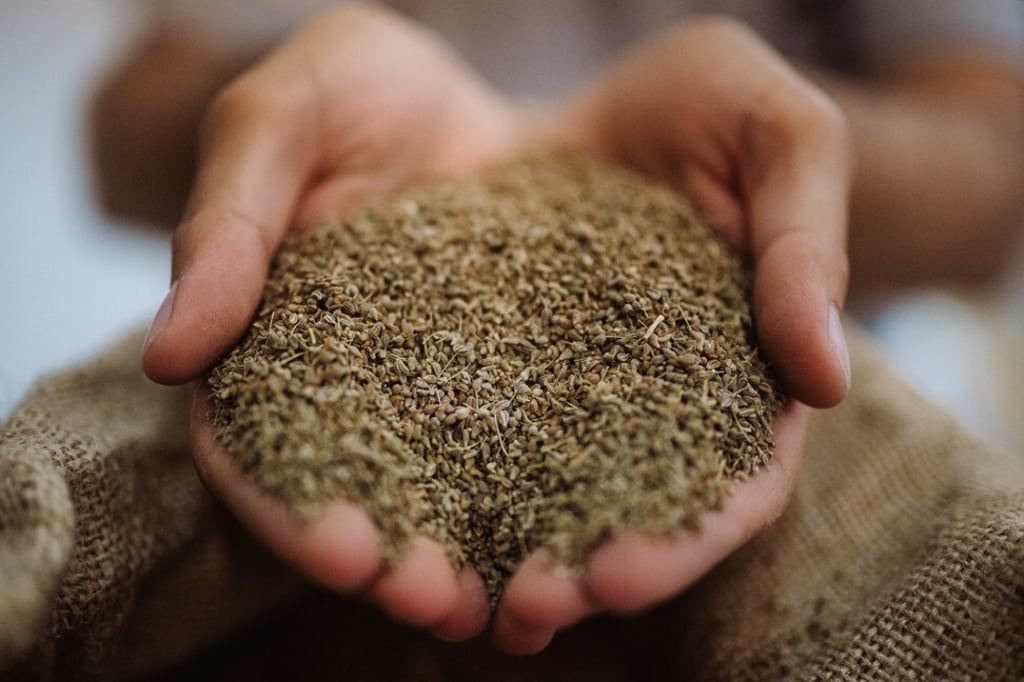How anise went from medicinal plant to raki, sambuca, ouzo and pastis ingredient
- Anise-flavoured drinks are popular all around the Mediterranean. The plant was used for thousands of years for medicines before becoming an alcohol flavouring
- Star anise, from a different plant native to China and Vietnam but with the same licorice taste, made its way to the West and eventually into those same drinks

Refreshing anise-flavoured drinks that turn cloudy white with the addition of water are savoured in warm countries of the Mediterranean region.
From southern Europe to the Arab world, each nation has its own anise beverage, usually enjoyed as an after-meal digestif or in the late afternoon, and over the centuries they have become iconic drinks reflecting national identity.
There’s sambuca and anisetta in Italy, pastis in France, ouzo in Greece, raki in Turkey, and arak in Lebanon and other parts of the Middle East. These anise-flavoured drinks flourished in the Mediterranean first as medicines and later as liqueurs – made at first using anise, a flowering herb with lacy leaves found in the Mediterranean and Middle East, and later with star anise too.
Reddish or brown in colour, star anise is the star-shaped seedpod of a medium-sized evergreen tree native to China and Vietnam.

Today, nearly all anise-flavoured drinks feature a tantalising blend of star anise and anise, which have nothing physically in common but whose flavours are remarkably similar.
“Anise is barely known in China. If it’s used it gets lumped as fennel,” says Eugene Anderson, professor emeritus of anthropology at the University of California, Riverside, and a food and nutrition expert who has written many books on China.
